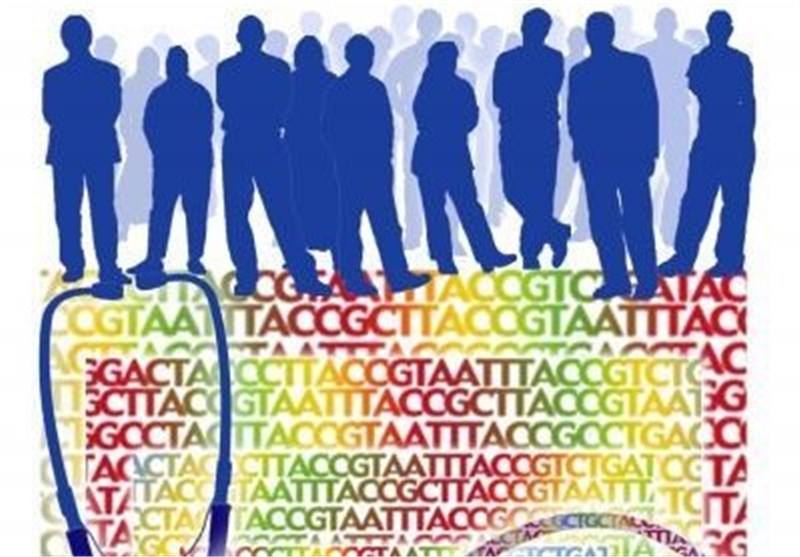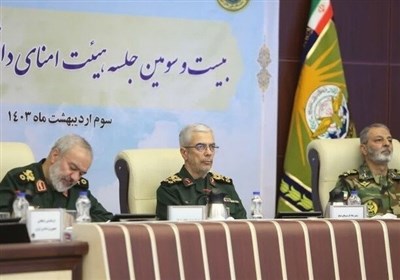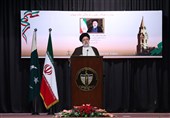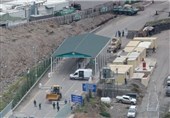Atlas of Human Genetic History Shows Long Reach of Mongol Empire
TEHRAN (Tasnim) – Scientists have mapped the genetic legacy of events of the past 4,000 years that have shaped populations, such as Genghis Khan’s expansion of the Mongol Empire, creating an atlas that extends our understanding of human health and history.
The atlas uses genetic data on 95 different populations to confirm known historical interactions between peoples and shows the impact of European colonialism, the Arab slave trade, the Mongol Empire, and trade near the Silk Road. The study, led by scientists at University College London and Oxford University, is published today in the journal Science.
When comparing a sample of DNA from one of the groups against other populations’ DNA, we matching sequences indicate shared ancestry. The longer the uninterrupted matched DNA sequence, the more recent the occurrence of intermingling, said Garrett Hellenthal, lead author and research fellow at the UCL Genetics Institute. Shorter matches indicate that the mixing occurred in earlier periods, allowing the team to estimate when the interaction occurred, he said.
“It’s surprising that some of these signals are so clear, and that they happen in so many groups,” Hellenthal said in a phone interview. “Some 80 percent or more of our sample can be looked at as products of mixtures between two or more genetically distinguishable groups.”
For example, historical records suggesting that the Hazara people of Pakistan are partially descended from Mongol warriors were corroborated by evidence from the study showing that DNA entered the population during the period of the Mongol empire.
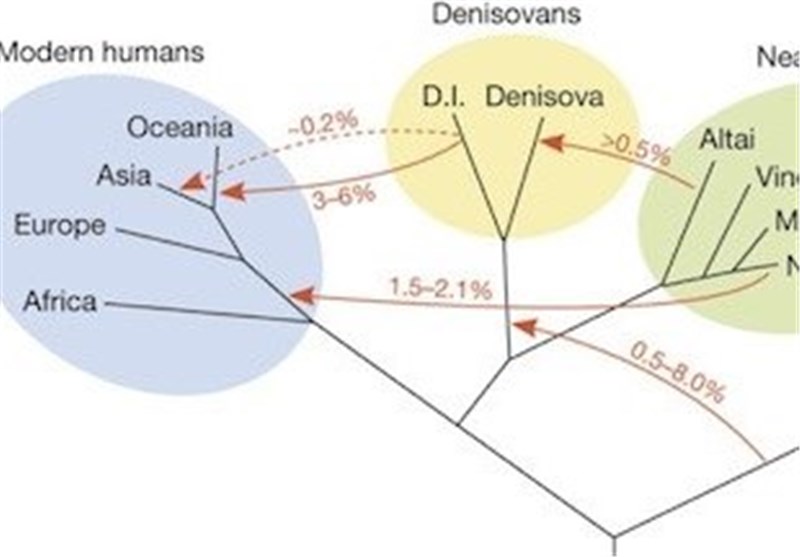
Bypassed Invasion
Conversely, analysis of the DNA of the Kalash people, also in Pakistan, show no evidence of mixing with the Mongols, lending support to the understanding that the region was bypassed by the invaders because of its isolated, mountainous geography, Hellenthal said.
Some members of the Kalash community believe they’re instead descended from Alexander the Great’s army, and the analysis didn’t contradict this assertion, given DNA matches with groups in Northern and Eastern Europe, he said.
While providing fresh insight into historical events, the new research may also have implications for understanding how DNA affects health and disease in different populations. Some populations are more at risk of certain diseases than others, and drug efficacy can also vary.
“Understanding well the genetic similarities and differences between human populations is a key for public health,” said Simon Myers, a lecturer in bioinformatics at Oxford University and senior author of the study.
Future research may involve more detailed sequencing to spot rare genetic mutations linked with certain populations and diseases, Myers said.
